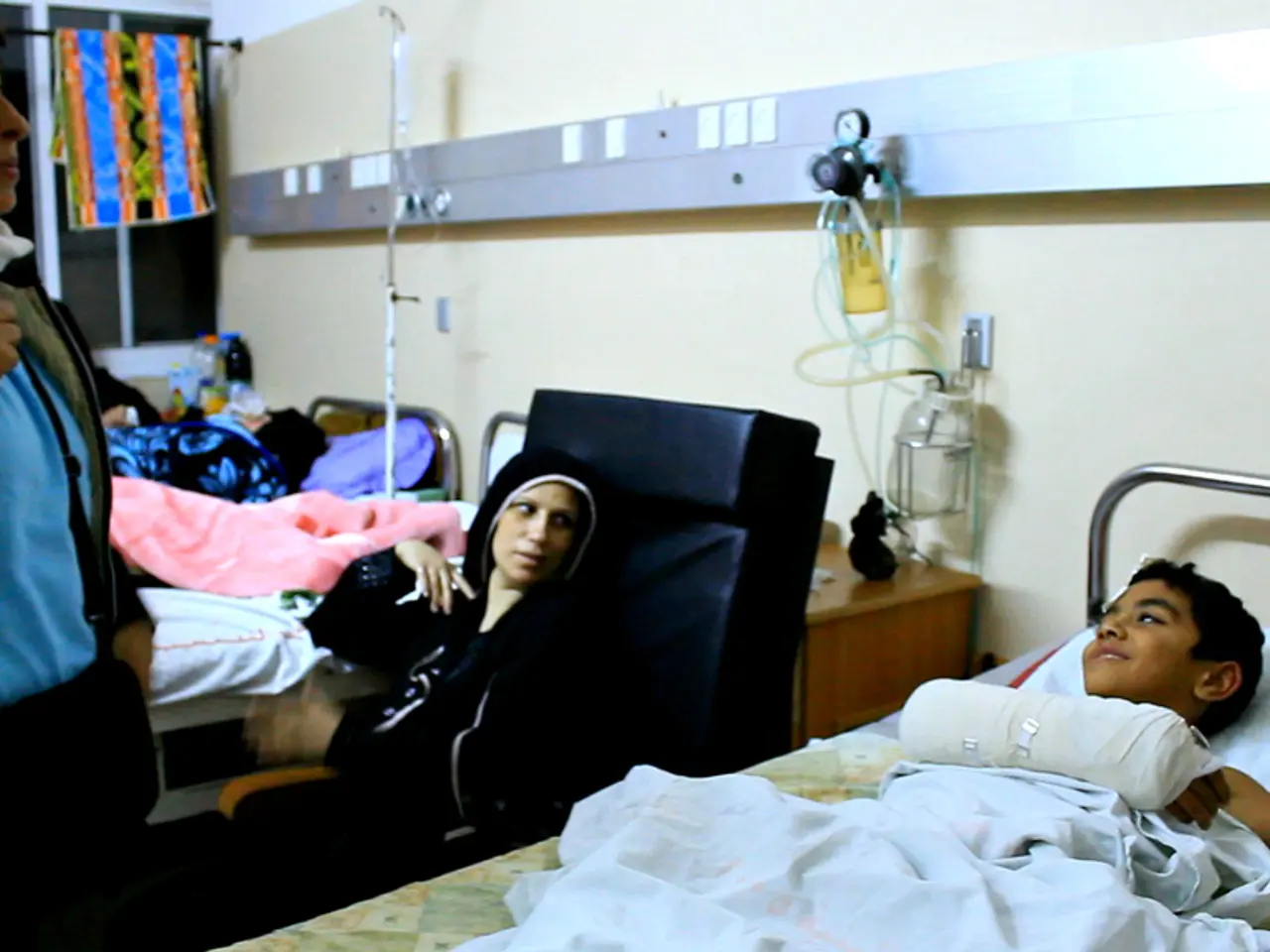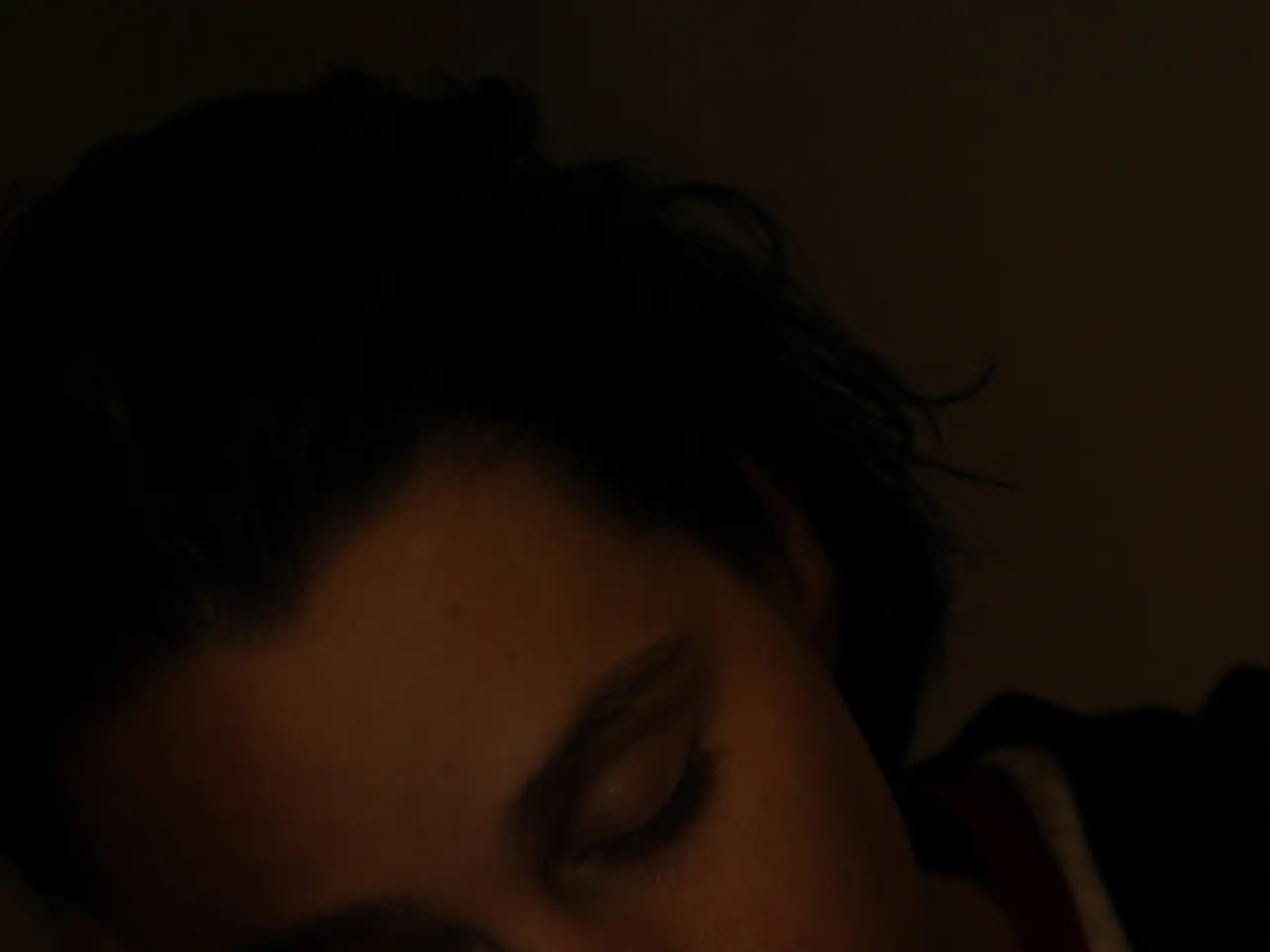Inside the Psychiatric Hospital: A Raw Reveal of Its True Nature
Inpatient treatment in a psychiatric ward or hospital is designed to provide a safe environment for patients, helping them manage their mental health without the need for 24-hour nursing supervision. This article offers an overview of a typical day in a U.S. psychiatric ward and the key aspects of inpatient treatment.
Day-to-Day Activities
A day in a psychiatric ward is structured to support therapeutic activities and patient recovery. Meals are often eaten in a shared cafeteria setting, promoting social interaction among patients. Group therapy sessions, led by experienced clinicians, are a common feature, helping patients understand their conditions and develop coping strategies. Morning and evening meetings focus on discussing daily goals and wrapping up the day, keeping patients engaged and motivated.
Nurse-led groups provide patients with information about medications, health, and wellness. Activity therapy, such as music, art, and yoga, aims to promote relaxation and creativity. Patients have access to gyms or outdoor courtyards for relaxation or physical activity. Evening activities might include relaxing activities like karaoke, bingo, or movie nights to help reduce stress.
Treatment and Assessment
Upon admission, patients undergo a comprehensive medical, clinical, and nursing assessment within the first 24 hours. They receive intensive psychiatric care and medication management. Therapeutic programming begins as soon as possible after admission.
Aftercare Planning
Hospitals work with patients to plan their next steps after discharge. This may include referrals to outpatient programs, individual therapy, or medication management.
Safety and Security
Safety and security are paramount in psychiatric wards. Seclusion and restraint are used as a last resort and for the minimum possible time. A safety search of belongings is usually performed to ensure no objects that could cause harm are present. Visitors are usually subject to restrictions in number and visiting hours for security reasons.
Choosing the Right Inpatient Unit
Researching ahead of time can help in choosing the right inpatient unit. Factors to consider include adequate staffing, seclusion and restraint rates, and the way you are treated when you call.
Common Mental Health Issues Treated
In the U.S., severe mental health issues that may warrant inpatient psychiatric treatment include depression, anxiety, bipolar disorder, schizophrenia, and eating disorders.
Admission Process
The admission interview covers what brought the patient to the hospital, health history, medications, and alcohol and substance use. Involuntary psychiatric care may be necessary if someone is at grave risk of harming themselves or someone else, determined by qualified professionals, not family members.
Benefits of Inpatient Treatment
Inpatient treatment offers a safe environment, social support, stability, and routine, as well as in-the-moment coaching. It provides patients with the tools they need to manage their mental health effectively after discharge.
[1] National Institute of Mental Health. (n.d.). Inpatient psychiatric care. Retrieved from https://www.nimh.nih.gov/health/topics/inpatient-psychiatric-care/index.shtml
[3] Substance Abuse and Mental Health Services Administration. (2018). The average length of stay for inpatient mental health and substance use treatment. Retrieved from https://www.samhsa.gov/data/sites/default/files/report_3120/ShortReport-3120.html
Coping skills learned in group therapy sessions, led by experienced clinicians, are an integral part of the science of health-and-wellness and mental health, aiding patients in managing their conditions. After discharge, patients may continue to develop and apply these coping strategies, ensuring a smoother transition during their aftercare planning.
Patients undergoing inpatient treatment receive intensive psychiatric care and are assessed for common mental health issues like depression, anxiety, bipolar disorder, and schizophrenia, emphasizing the combined role of science and mental health in the treatment process.




